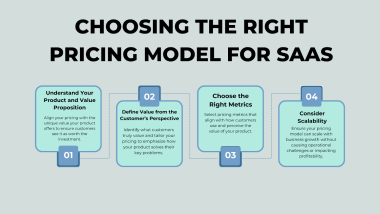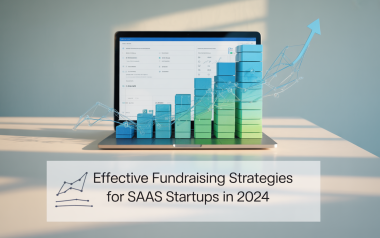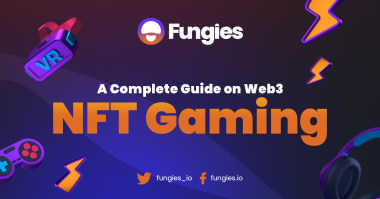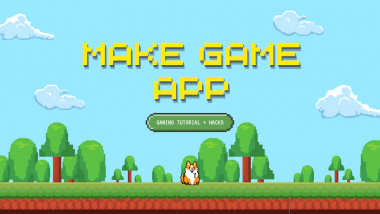Solo SaaS founders represent a growing segment of developers who build and launch profitable products while maintaining other commitments, often relying entirely on bootstrapping rather than external funding. These indie hackers have proven that with the right approach to MVP development, cost-effective marketing, and sustainable growth strategies, it’s possible to create successful SaaS businesses without venture capital or significant upfront investment.
Key Takeaways
- The median time to first sale for solo SaaS founders varies widely, but those who validate ideas early typically see faster results
- No-code/low-code tools can reduce MVP build costs to under $1,000, making solo bootstrapping more accessible than ever
- Focusing on a single core feature for your initial launch accelerates development and helps validate product-market fit faster
- Automated systems and retention-focused strategies are essential for solo founders to scale their SaaS without adding team members
- Revenue-based financing and community support provide viable alternatives to traditional funding for sustainable growth
The Reality of Solo SaaS Development
Building a SaaS product alone presents unique challenges but offers incredible freedom and potential rewards. Solo founders typically manage every aspect of their business, from coding and design to marketing and customer support, often while balancing full-time jobs or other commitments.
The bootstrapping approach dominates this space, with most indie hackers funding development through personal savings or side income. This self-funded model creates a different growth trajectory compared to venture-backed startups, focusing on profitability over rapid scaling.
Common Hurdles for Solo Developers
As a solo founder, several specific challenges can impact your SaaS journey. Time constraints represent perhaps the most significant obstacle, as balancing product development with existing commitments requires careful prioritization and efficiency.
Perfectionism can become a dangerous trap, delaying launches as you continuously refine features that users might not even want. Without the accountability of co-founders or investors, it’s easy to fall into over-engineering solutions rather than getting your product to market quickly.
Solo developers also face unique challenges in user acquisition without dedicated marketing resources or budget. Finding creative, low-cost channels to reach potential customers becomes essential for early traction and validation.
Here are the most common challenges solo SaaS founders encounter:
- Managing limited time between product development and other commitments
- Combating perfectionism and feature creep that delay launches
- Acquiring users without significant marketing budgets
- Maintaining motivation through inevitable setbacks
- Validating product-market fit without extensive resources
Building Your Minimum Viable Product
The MVP development process for solo founders should prioritize speed and validation over comprehensive feature sets. I recommend starting with a landing page that describes your solution and includes a signup form or waitlist to gauge interest before writing any code.
Focus on building a “1-feature MVP” that solves a single, specific problem extremely well. This approach significantly reduces development time and provides a clear value proposition for early adopters.
No-code and low-code tools have transformed the solo founder landscape, enabling rapid prototyping without extensive development resources. Platforms like Bubble.io, Zapier, and Airtable let you build functional products in days or weeks rather than months.
Follow this streamlined process for your MVP:
- Validate your idea with a landing page and email signup form
- Identify the single most valuable feature to build first
- Choose appropriate no-code/low-code tools to accelerate development
- Recruit 5-10 beta users to provide feedback on your initial version
- Iterate based on user feedback before wider launch
Marketing on a Micro-Budget
Cost-effective marketing becomes crucial when you lack significant resources for paid acquisition. Organic channels like content marketing, SEO optimization, and strategic social media engagement should form the foundation of your approach.
Small, targeted ad campaigns can yield valuable insights without breaking the bank. Even $50 spent on Facebook or Google Ads can help test messaging and validate demand before committing to larger campaigns.
Community engagement represents one of the most powerful tools in the solo founder’s arsenal. Active participation in forums, Slack groups, and platforms like Indie Hackers creates opportunities for feedback, partnerships, and word-of-mouth growth.
These affordable marketing approaches have proven effective for solo founders:
- Creating helpful content that addresses your target audience’s pain points
- Participating actively in communities where potential users gather
- Launching on Product Hunt and similar platforms to gain initial visibility
- Building an email list from day one for direct communication with prospects
- Forming partnerships with complementary products for cross-promotion
Sustainable Growth Strategies
For solo SaaS founders, sustainable growth means increasing revenue without proportionally increasing your workload. Automation becomes your greatest ally in this effort, allowing you to handle more customers without adding staff.
Focus intensely on customer retention rather than constantly chasing new acquisitions. Improving onboarding, providing excellent support, and regularly enhancing your product based on user feedback all contribute to reducing churn and increasing lifetime value.
Pricing experiments can dramatically impact your revenue without requiring additional users. Many solo founders find that they’ve initially priced their products too low, leaving significant revenue on the table.
Implement these sustainable growth tactics:
- Automate repetitive tasks in marketing, support, and operations
- Optimize user onboarding to reduce early churn
- Test different pricing tiers and models to maximize revenue
- Build relationships with other founders for support and cross-promotion
- Stay current with industry trends and continuously improve your product
Alternatives to Traditional Funding
While venture capital dominates startup discussions, solo founders have alternative funding options that preserve independence and ownership. Revenue-based financing allows you to use early product income to fund further development without dilution.
Micro-grants and startup competitions offer small cash injections that can fund specific initiatives or bridge gaps in your bootstrap journey. These opportunities often come with mentorship and exposure benefits beyond the financial support.
Community-based support through platforms like Patreon or even pre-sales can provide working capital while building a dedicated user base. This approach aligns incentives between you and your early supporters.
Consider these funding alternatives:
- Revenue-based financing that scales with your business growth
- Micro-grants and competitions targeted at independent developers
- Community funding through pre-sales or membership programs
- Affiliate partnerships that generate revenue while expanding your reach
- Strategic consulting work related to your product expertise
Sources
Indie Hackers – 5 Tips on Making First Sales as a Solo Founder Without Leaving a 9-5 Job
Alexander F Young – 7 AI SaaS Ideas You Can Build as a Solo Founder






